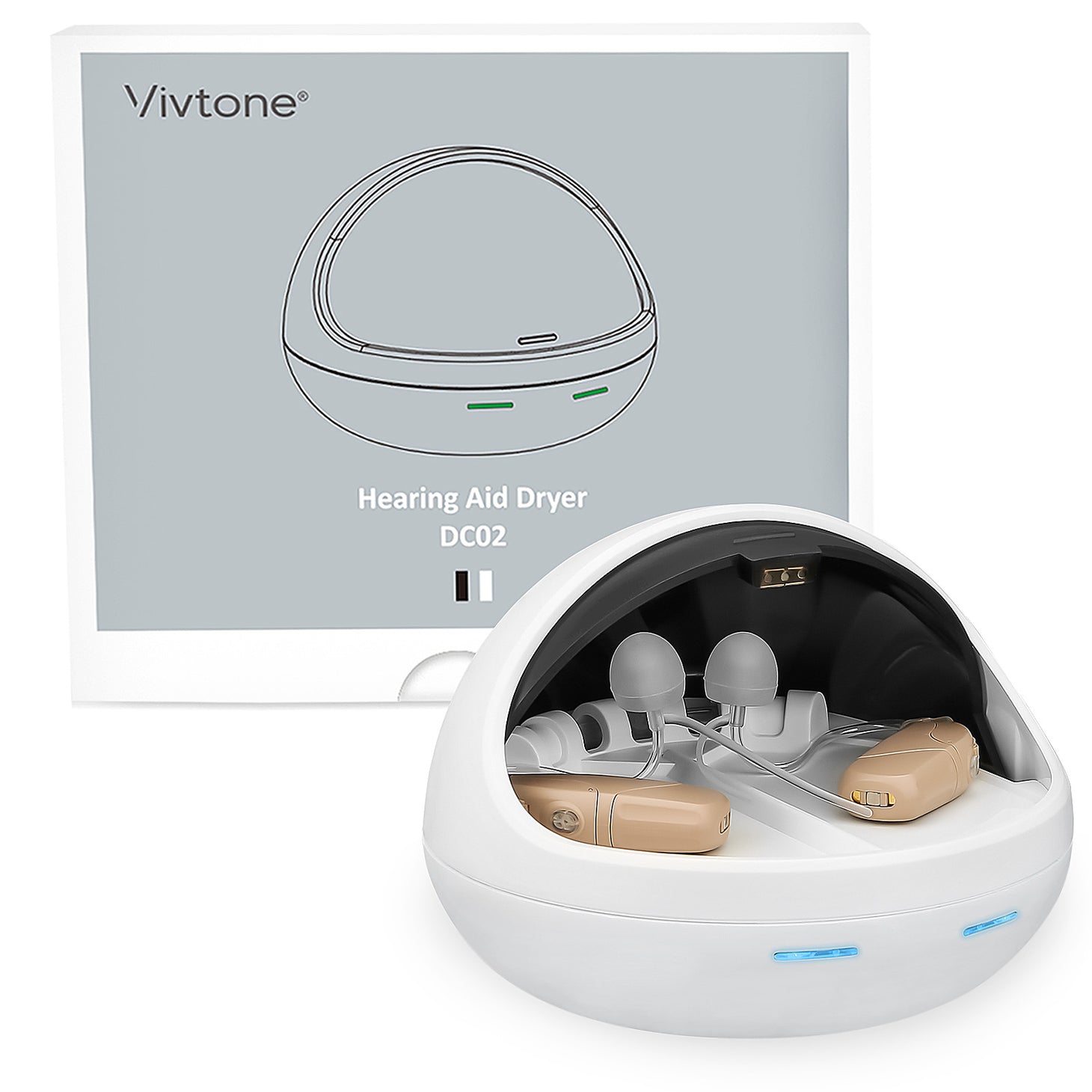For centuries, hearing aids have been crucial devices for individuals with hearing loss, and their components have undergone a remarkable evolution from analog to digital technology. This evolution has significantly improved the quality, functionality, and user experience of hearing aids, making them more effective and versatile than ever before.

The Analog Era: A Brief Overview
In the analog era, hearing aids relied on basic components such as microphones, amplifiers, and speakers to capture, process, and amplify sound. While these devices were groundbreaking at the time, they had limitations in terms of sound quality, customization, and adaptability to different listening environments. The technology was also bulky and conspicuous, which made many users hesitant to embrace it.
The Digital Revolution: Transforming Hearing Aid Components
With the advent of digital technology, hearing aid components underwent a revolutionary transformation. Digital signal processing (DSP) chips, advanced microphones, and sophisticated algorithms became integral parts of modern hearing aids, enabling them to deliver superior sound quality, noise reduction, feedback cancellation, and personalized settings. These components work together seamlessly to analyze incoming sounds and adjust them in real time, providing users with a natural and personalized listening experience.
The Impact of Digital Components on User Experience
The evolution of hearing aid components from analog to digital technology has had a profound impact on the overall user experience. Digital components have made hearing aids smaller, more discreet, and more comfortable to wear, addressing the aesthetic concerns that previously deterred many individuals from seeking help for their hearing loss. Furthermore, the advanced features and functionalities offered by digital components have empowered users to engage more actively in social, professional, and recreational activities, enhancing their quality of life and well-being.
The Future of Hearing Aid Components: Innovations and Possibilities
Looking ahead, the evolution of hearing aid components is poised to continue, with ongoing innovations and possibilities on the horizon. Artificial intelligence (AI), machine learning, and connectivity features are expected to play a significant role in shaping the next generation of hearing aids. These advancements may enable hearing aids to adapt intelligently to users' preferences and behaviors, communicate seamlessly with other devices, and provide valuable insights into users' overall health and well-being.
In conclusion, the evolution of hearing aid components from analog to digital technology has ushered in a new era of innovation, accessibility, and empowerment for individuals with hearing loss. As technology continues to advance, the future holds great promise for further enhancing the capabilities and functionalities of hearing aids, ultimately improving the lives of millions of people around the world.








